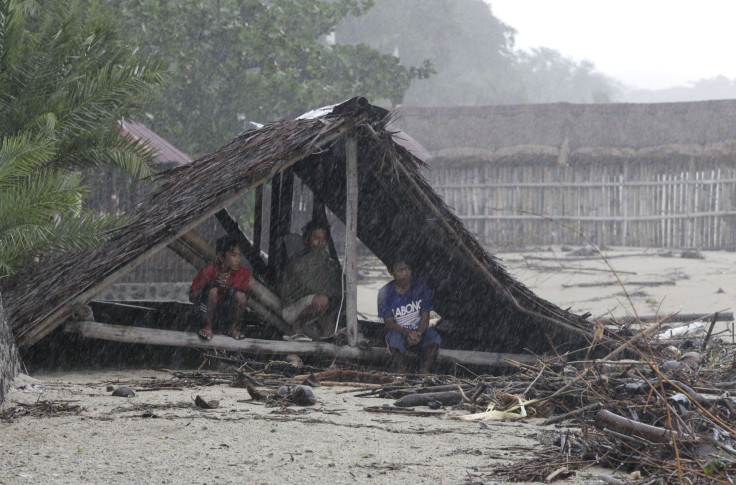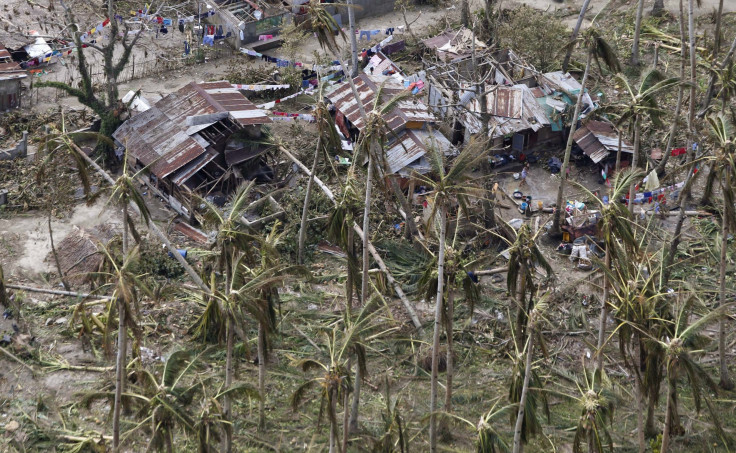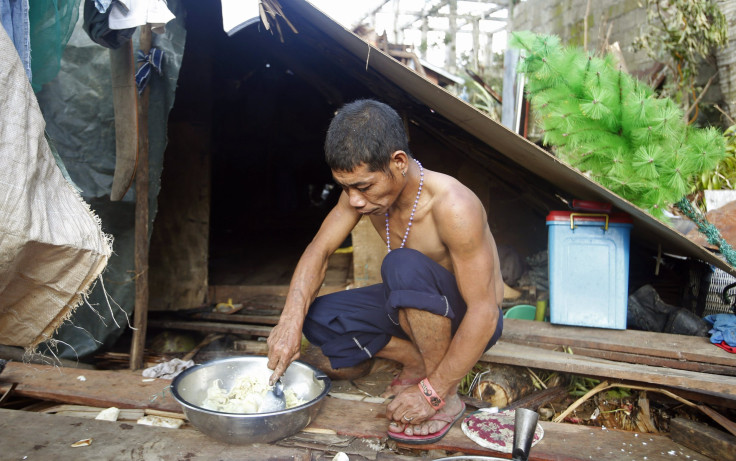Philippines Typhoon Hagupit Update 2014: Thousands Stranded In Evacuation Centers [PHOTOS]

More than 788,000 Filipinos were stranded in evacuation centers Thursday across central Philippines after Typhoon Hagupit swept through the island nation, damaging nearly 50,000 homes and killing at least 19 and injuring 916 residents. Emergency shelter, food, water, sanitation and hygiene, health and logistics were among the top priorities for those leading relief efforts.
As massive flooding began to recede, evacuees started to return to their homes. Government officials planned to meet with humanitarian groups to coordinate rebuilding and relief efforts. Roughly 3 million people were affected by the typhoon, according to the United Nations' Office for the Coordination of Humanitarian Affairs.
The storm, known locally as Ruby, exited the Philippines Wednesday, a week after it approached the Pacific Ocean nation. At least 1.7 million people had evacuated their homes at the height of the crisis on Tuesday and crowded into nearly 5,200 evacuation centers. Food packs, water and hygiene kits were being distributed to more than 95,000 storm victims as rescue workers struggled to reach towns in central provinces where thousands of homes were leveled by Hagupit.
National roads had reopened, but six major bridges were still closed as of early Thursday. Power outrages continued to plague the nation. At least 1.1 million students were unable to attend school and many schools were damaged by the heavy rains. The Philippines' Department of Agriculture reported total damages and production losses in crops and infrastructure of 1.3 billion pesos, or $28 million. At least six hospitals were damaged.
Médecins Sans Frontières, or Doctors Without Borders, evacuated its staff by helicopter and car and was evaluating the damage and medical needs of the victims, the French-founded humanitarian aid group said Thursday. "Given the minor medical needs in the affected areas at this stage ... MSF assessments concluded there is no need for an MSF medical intervention," the group said.
Hagupit hit land as a Category 3 typhoon on Saturday, according to NBC News.




© Copyright IBTimes 2025. All rights reserved.






















